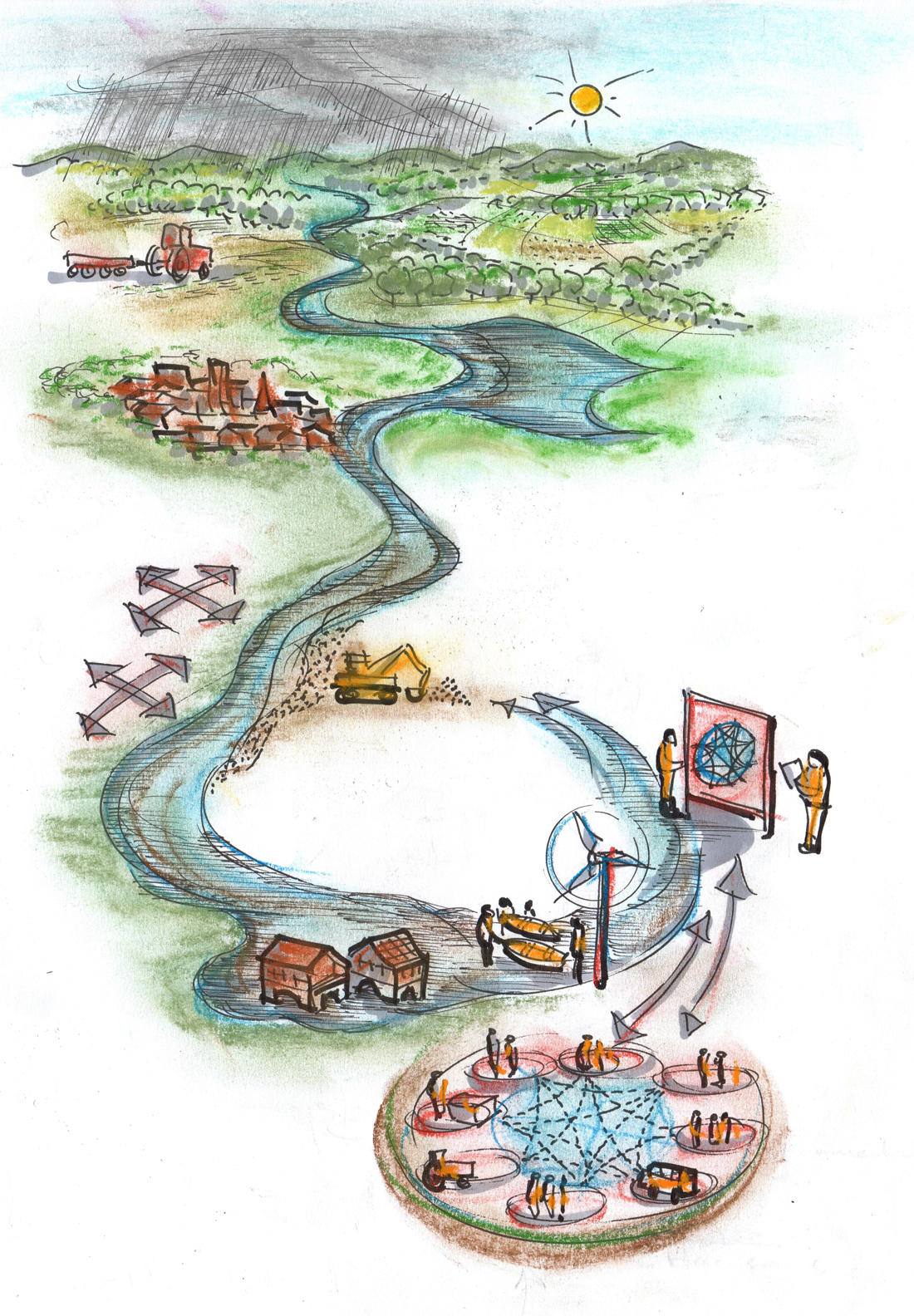Water governance

Water governance is split across public, private and civic sectors: there are many gaps, overlaps and barriers to integrated catchment management. To design more effective governance structures, we can use Synergistic principles. Then we can address the whole of the water cycle: supply, demand, water quality, groundwater, flood risk management and drainage.
The Natural Course LIFE project aims to build capacity to protect and improve the water environment in the northwest region – see http://naturalcourse.co.uk/ Within Greater Manchester (GM), water governance is typically split across a range of public, private and civic stakeholders. We need to look afresh at these structures, to identify gaps, overlaps, barriers and challenges to integrated catchment management. This should help to integrate the entire water cycle, including supply, demand, water quality, groundwater, flood risk management and drainage.
To support this, the University of Manchester has been commissioned to provide a brief review and recommendations for water governance in GM. The project provides:
- a baseline study of existing groups within Greater Manchester who work on water quality, quantity and ecology;
- a review of best practice in integrated water management;
- an analysis of areas of connection, overlap and gaps in current water management governance arrangements in GM; and
- a series of recommendations on how to integrate water governance at GM level, with respect to local context and regional and national concerns.
What is the synergistic contribution?
A framework is used to analyse Greater Manchester and other case studies, based on the principles of ecological governance for integrated systems. This then helps to explore the potential pathways for a more effective and integrated system of water governance. This will be multi-level, multi-sectoral, participative, entrepreneurial and anticipatory – in other words, with some of the features of a ‘strategic policy intelligence’. The Synergistics methods and tools help to explore and design these new structures: and the lessons learned should be applicable in other levels and other sectors.
